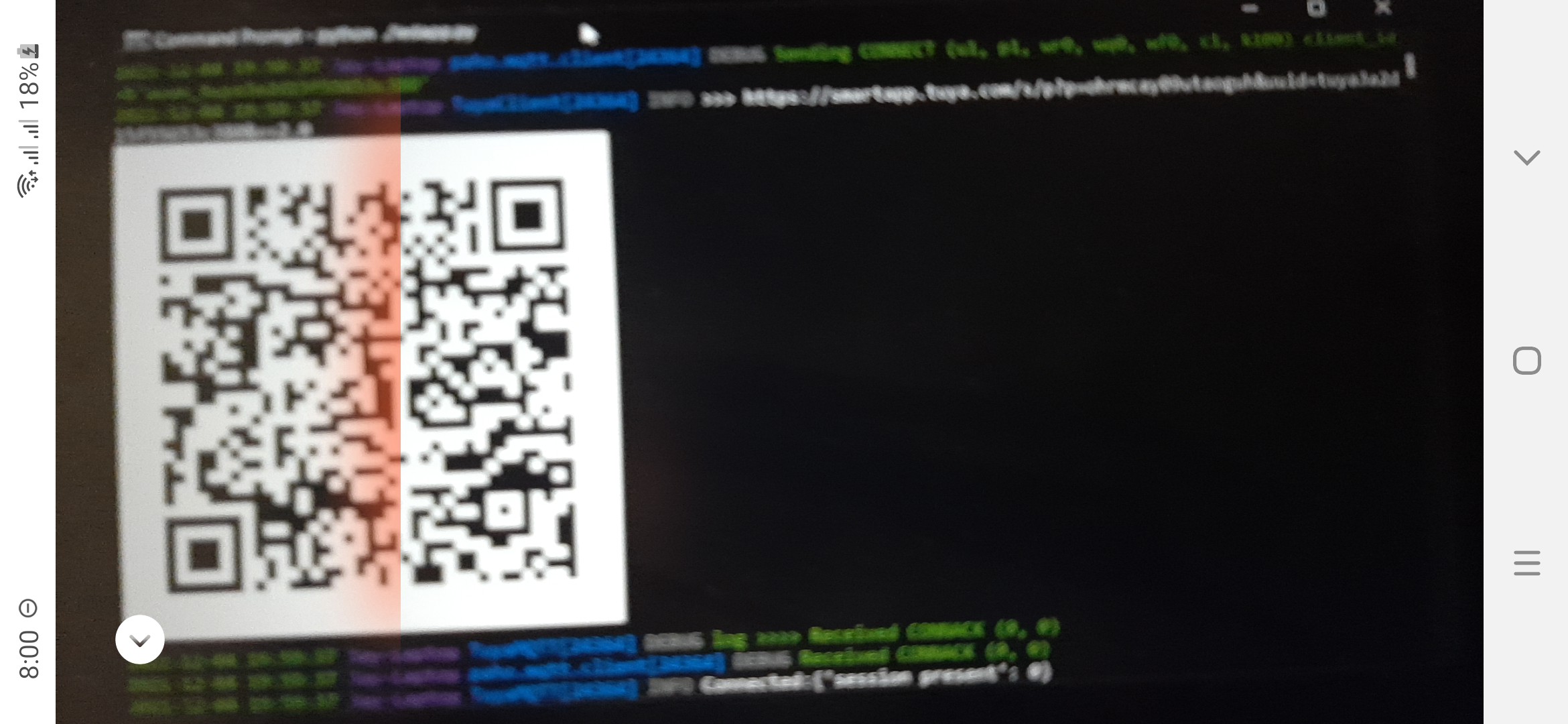-
1Hardware Connections for Tuya Link SDK
Connections are pretty simple. The Pin 32 of the ESP32 board receives the Analog Signal from the moisture sensor. Connect the Vcc and GND of the ESP32 board and the Moisture Sensor.
If you have a moisture sensor like this, connections are the same but some extra jumper cables might be needed.
-
2Tuya Link SDK Application Setup
First of all, create an account on Tuya Platform.
Install tuyaos-link-sdk in Python.
git clone https://github.com/tuya/tuyaos-link-sdk-python.git python -m pip install ./tuyaos-link-sdk-python
![tuyaos-link-sdk install python tuyaos-link-sdk install python]()
Tuya IoT Platform(Web)
Once logged in, create a new product (follow this simple tutorial as a getting started guide on Tuya) to get the following screen.
Now add the following functions by clicking the ‘Add’ button with the following attributes.
Next, complete the UI Studio Design. The UI Design should look like this. Test and Release it to resolve any errors.
Note: To refresh the Tuya server, the switch button is provided and every toggle of the button will register the current moisture reading in the MS.csv file.
Open the sensorapp.py file from the GitHub repo in the editor. Edit and change the productid, uuid, authkey (obtained by license generation for Link SDK) and the COM port of your connected ESP32 device in the file. Save this edited file, for the output section of this article.
Tuya Smart Application (Android)
After installing and setting up the Tuya Smart App, just click the scanner button to scan the QR code generated by the sensorapp.py file.
![Tuya Smart Add device Options Tuya Smart Add device Options]()
![]()
Now the MoistureApp will be added to the All Devices section of the Tuya Smart App.
-
3Arduino IDE for Configuring Tuya Link SDK
The Arduino IDE Program in the GitHub repo sends the moisture reading received from the moisture sensor by the ESP32 board to the python program via the serial port. Simply add your ESP32 board in Arduino IDE, compile and flash the sensorapp.ino program.
Adjust the percentage value in the code to suit the sensor configuration.
Board Manager URL: https://raw.githubusercontent.com/espressif/arduino-esp32/gh-pages/package_esp32_dev_index.json
-
4Output
Run the ledapp.py file using the command
python ./ledapp.py
MS.csv file content (Timestamp, Soil Moisture Reading)
![]()
Soil Moisture Data Retrieval Application - Tuya
Soil Moisture Data Retrieval system using Tuya Link SDK, Tuya Smart Android App, ESP32, Moisture Sensor, Python and Arduino IDE in .csv form
 JayeshRajam
JayeshRajam











Discussions
Become a Hackaday.io Member
Create an account to leave a comment. Already have an account? Log In.